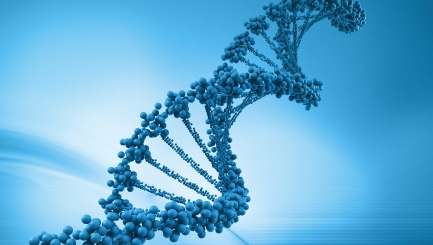Is Your Genetic Code Putting You At Risk Of Fractures?
 In an ideal world we start reducing our chances of getting bone problems by caring for our wellness in our youth, but we don’t always find it easy to live healthily when we are young and have very busy lives. Now new research says that some bone problems may be written into our genetic code, suggesting a test could be developed for osteoporosis, which can give us more motivation to look after our wellbeing in our younger years.
In an ideal world we start reducing our chances of getting bone problems by caring for our wellness in our youth, but we don’t always find it easy to live healthily when we are young and have very busy lives. Now new research says that some bone problems may be written into our genetic code, suggesting a test could be developed for osteoporosis, which can give us more motivation to look after our wellbeing in our younger years.
Think bones
Whether we’re more likely to get osteoporosis or not, it’s important to think about our bone health from when we’re young. This is because bone mineral density (BMD) keeps growing in our teens and slows in our 20s. After this we begin to lose BMD naturally and bone loss is called osteoporosis if we have particularly low levels, with this being measured via special x-rays. Some experts refer to the condition as ‘silent’ because some of us only get diagnosed after a fracture from a minor fall.
Prevention
Because of the silent nature of the bone condition, doctors concentrate on showing us how to prevent it generally. But now research from Institut de recherché cliniques de Montreal has pinpointed a gene that protects bones from cell loss. When we make bone cells, osteoblasts are the cells that get rid of them to make way for new ones. When we’re older we don’t make so many new cells and this process is slower, so osteoblasts get rid of old cells too quickly, making our bones lighter.
When the gene found by the institute stopped working, the level of osteoblasts rose, so cells were shed even faster. Scientists working on the project explain that more research is needed to see if this is something to screen for when it comes to risk factors. At present we’re classed as ‘at-risk’ if we’ve taken steroids for a long time, are female, have had some cancer treatments and if we have a history of fractures in our families from minor falls.


Comments are closed.